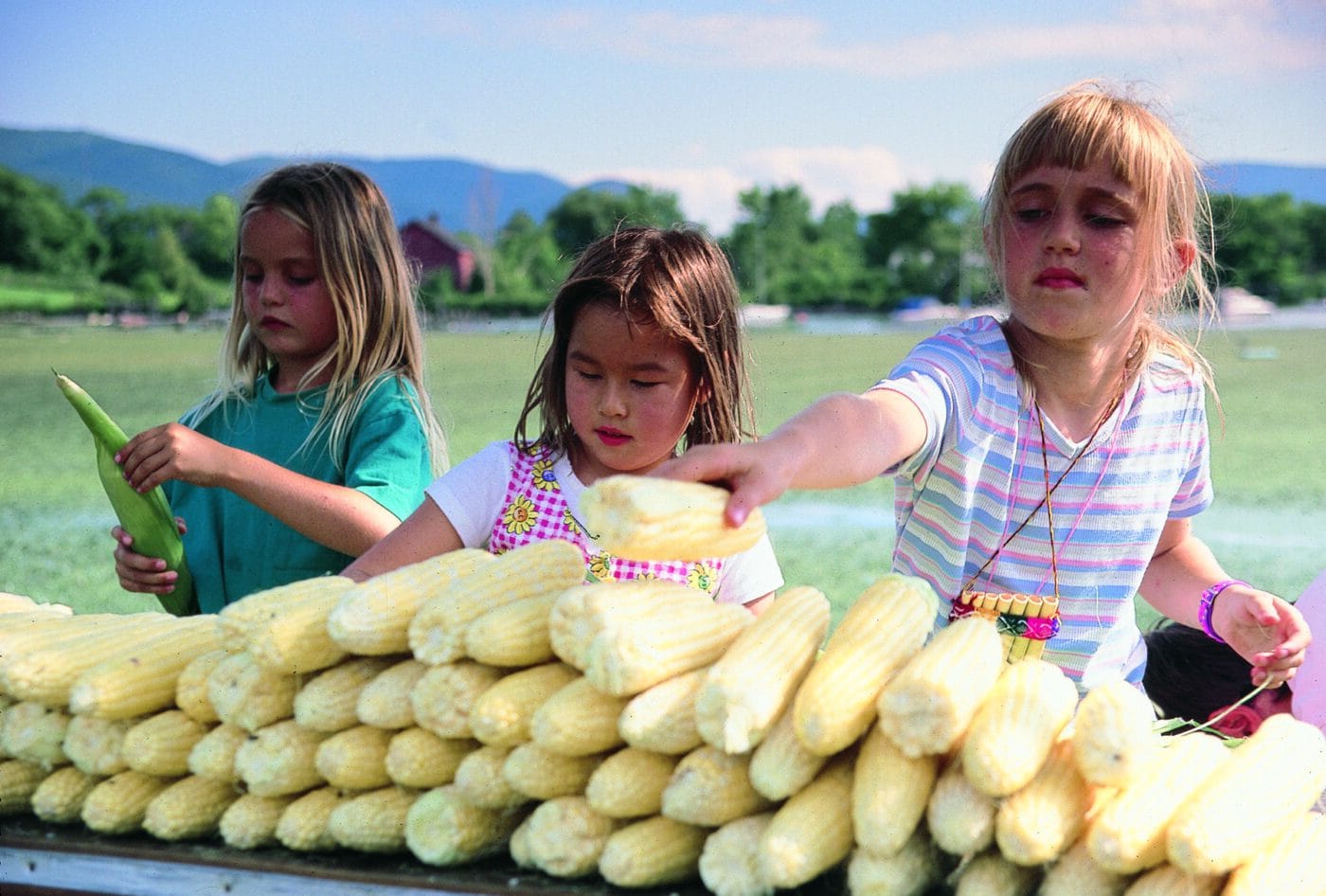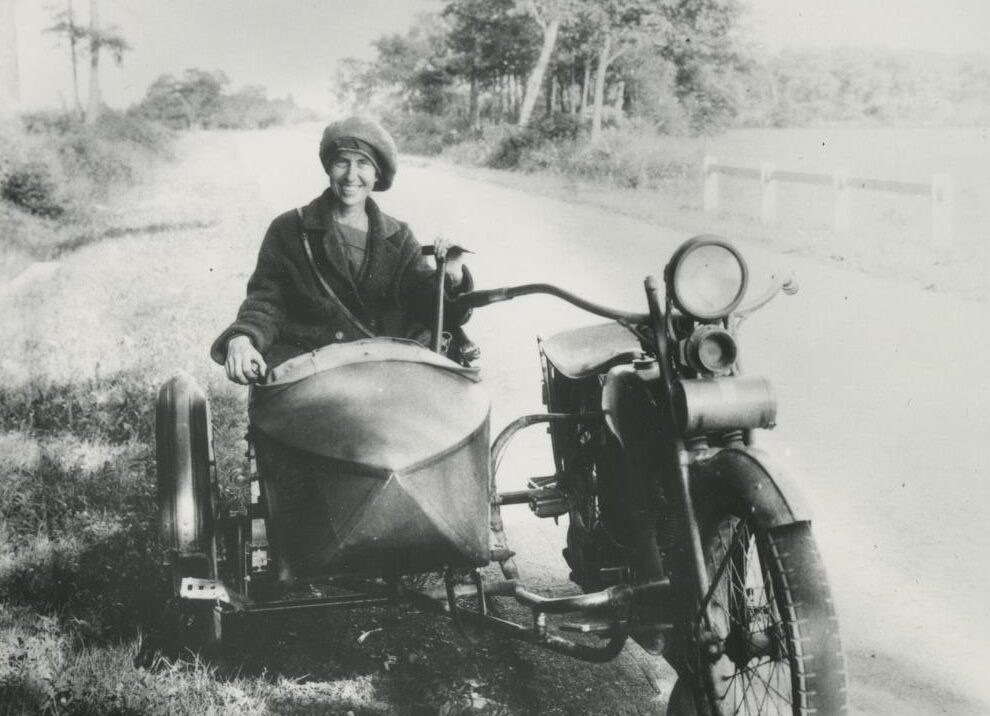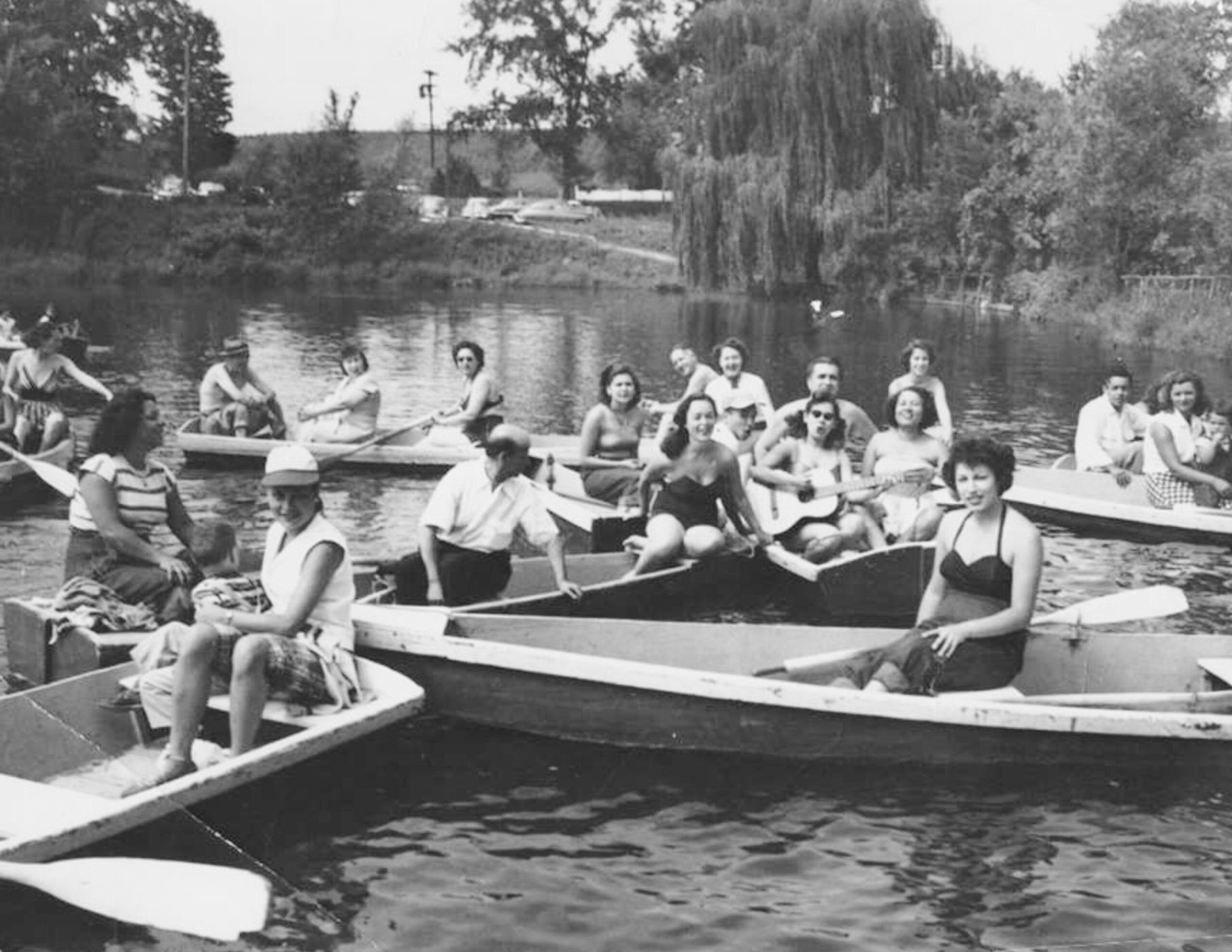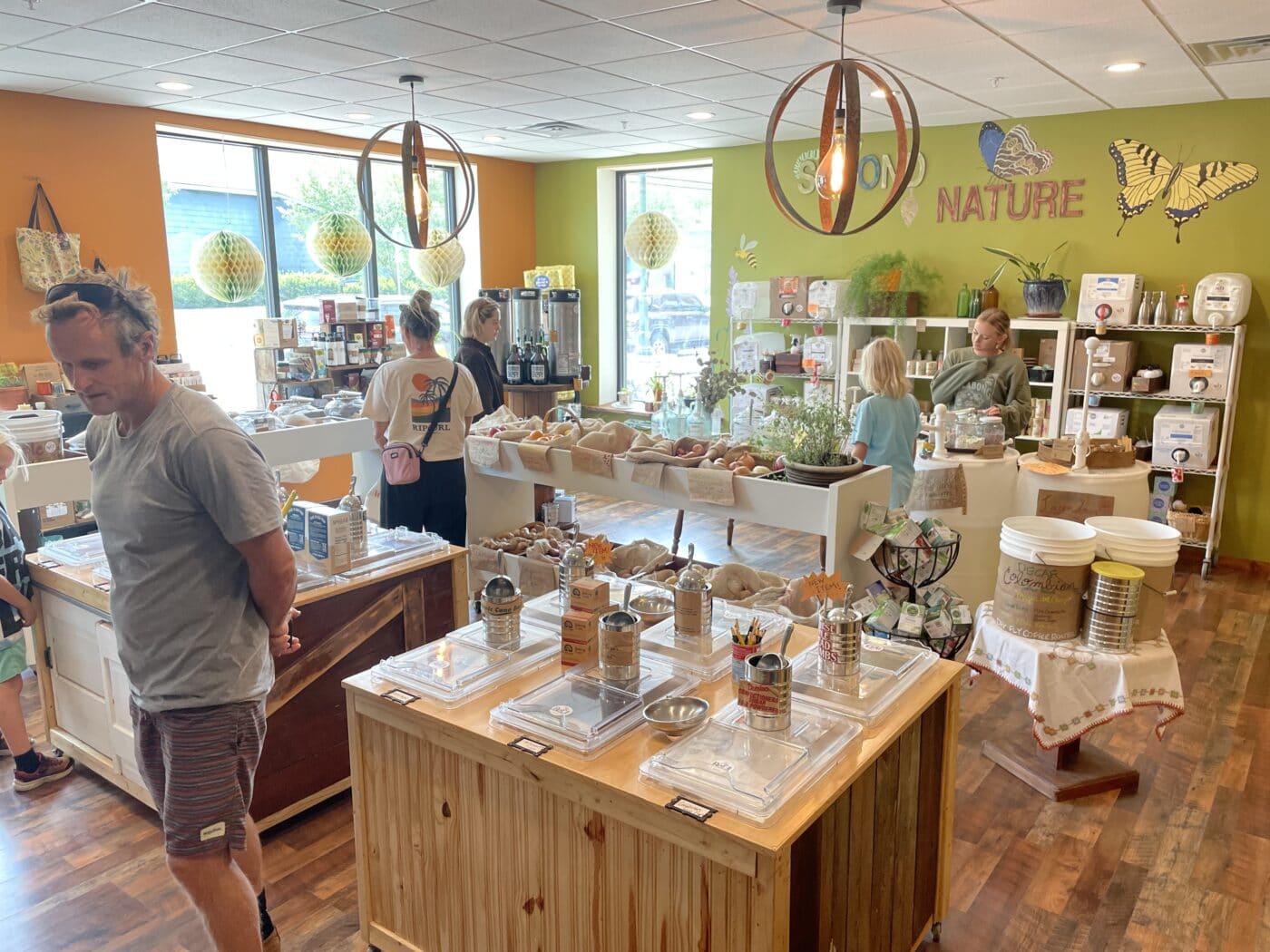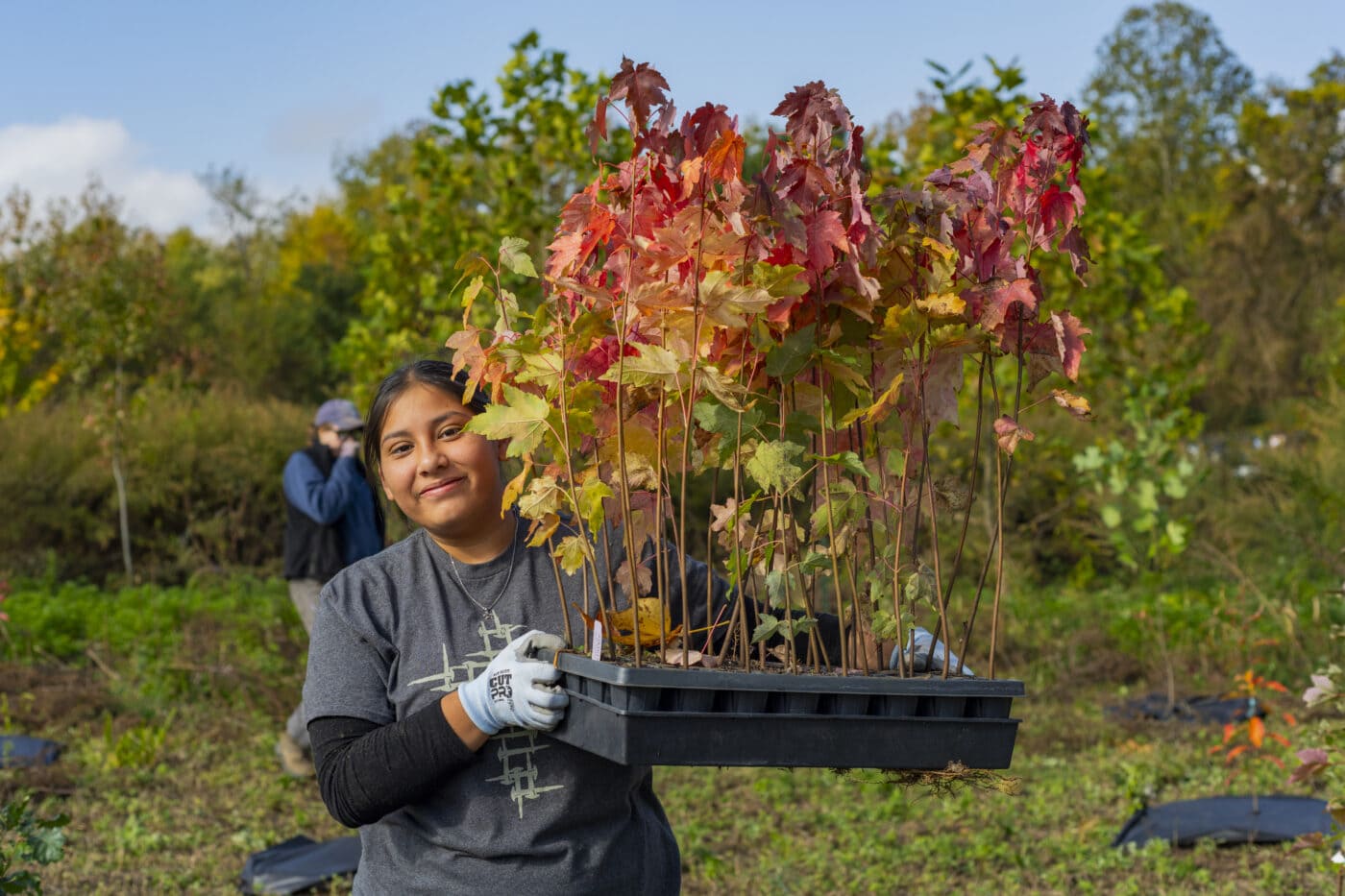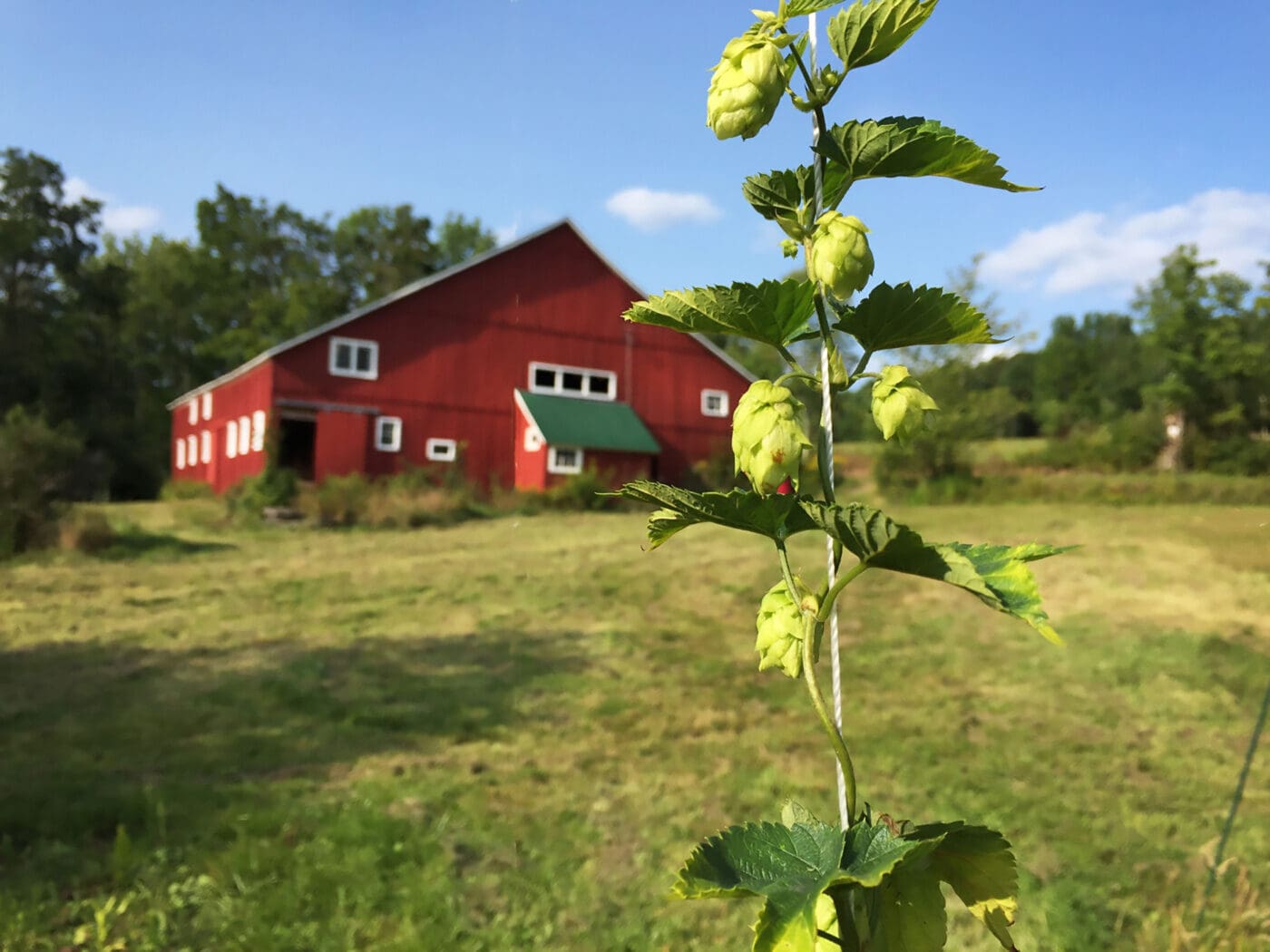Few things offer the sweetness of a Hudson Valley summer more than biting into an ear of local corn. By now, the plants have risen as high as the proverbial “elephant’s eye” and are producing an abundance of ears just waiting to be picked, husked, and devoured.
But before digging in, enjoy some fun facts about this backyard-barbecue staple, including the ingenious effort that went into producing it.
Corn is a grass, a distant cousin of everything from lawn turf to bamboo. More specifically, corn is a cereal — a grass cultivated expressly for its edible parts, or grain. Today it’s a vital ingredient in global cuisines, from African porridges and Latin American tortillas to Southern grits. In the last year alone, nearly 1.2 million metric tons of corn were produced worldwide. That’s double the amount of wheat, the next most important cereal crop.
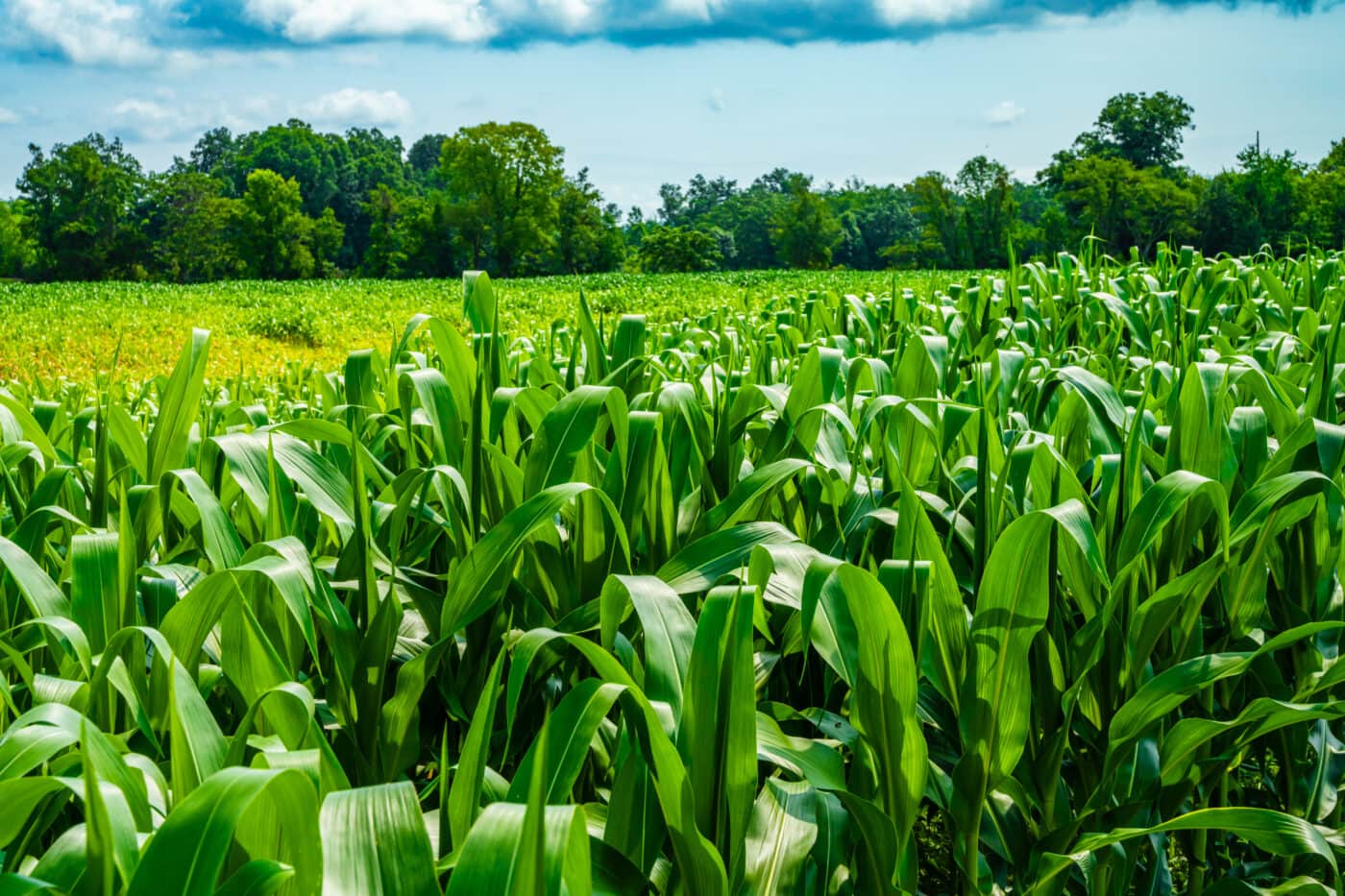
The roots of today’s corn have been traced to southern Mexico. Biologists believe it originated with a grass, called teosinte, which produces relatively few cobs that are encased in a hard shell. When ripe, the kernels of teosinte shatter, unlike corn kernels, which remain on the cob within its soft husk.
It’s a marvel of human ingenuity. Sweet yellow corn doesn’t grow wild anywhere on the planet. Researchers estimate that the domestication of corn (a.k.a. maize) began around 7000 BCE, when Indigenous peoples started exploring ways of making teosinte edible.
“The most impressive aspect of the maize story is what it tells us about the capabilities of agriculturalists 9,000 years ago,” evolutionary biologist Sean B. Carroll writes. “These people were living in small groups and shifting their settlements seasonally. Yet they were able to transform a grass with many inconvenient, unwanted features into a high-yielding, easily harvested food crop.”
Carroll estimates this transformation took hundreds, if not thousands, of years. Over that time, corn spread to Indigenous communities across South and Latin America, the Caribbean, and the U.S., not only becoming a primary food source but also assuming great spiritual importance still carried to this day.
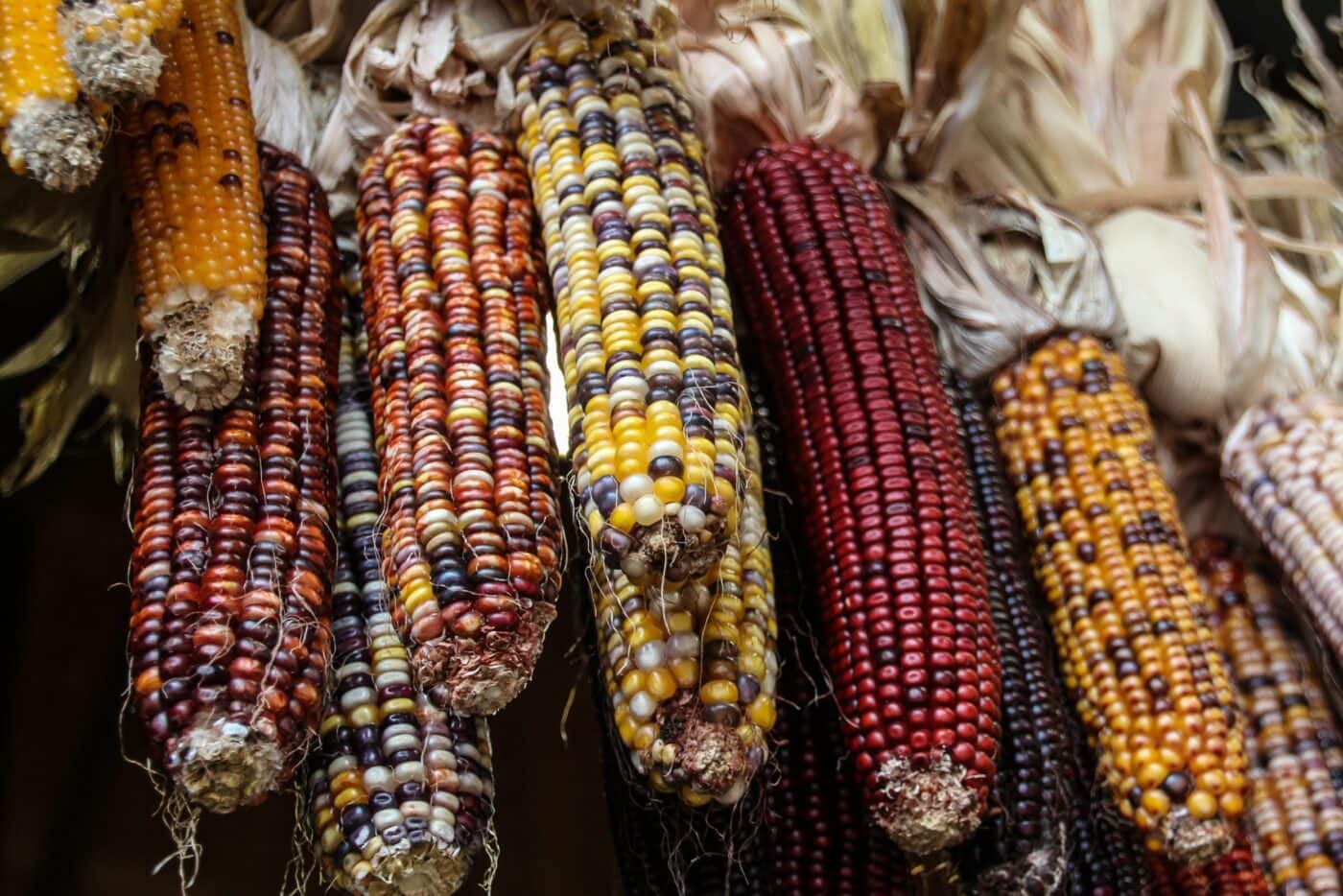
Corn migrated northward slowly. It took until around 100 BCE for corn to become a diet staple of the Haudenosaunee in present-day New York. (Around that time, Lenni Lenape people in the Hudson Valley would also have begun planting it.) Ever since, the Three Sisters — corn, beans, and squash, which grow best when planted in close proximity — have played “a pivotal role in the social, political, economic, and cultural arenas of Indigenous life” of the Haudenosaunee and are “viewed as female members of the extended human family,” writes historian Jane Mt. Pleasant.
Today, the Iroquois White Corn Project works to encourage Haudenosaunee farmers to augment the cultivation of corn as a way of “revitalizing its appreciation as an intrinsic part of their culture and of a healthy diet.”
European colonists settling in the valley jumped on the corn bandwagon. Henry Hudson, on his 1609 exploration of the river now bearing his name, noted the abundance of corn in Lenni Lenape settlements. Outside one dwelling, he reported that “there lay near the house for the purpose of drying enough to load three ships, besides what was growing in the fields.” Recognizing corn’s importance to sustaining life in the New World, both for people and animals, Hudson brought some back to Europe. Dutch settlers who soon started flocking to the Hudson Valley cultivated corn and adopted Indigenous agricultural practices to grow it. Throughout the 19th century, it was generally referred to as “Indian corn.”
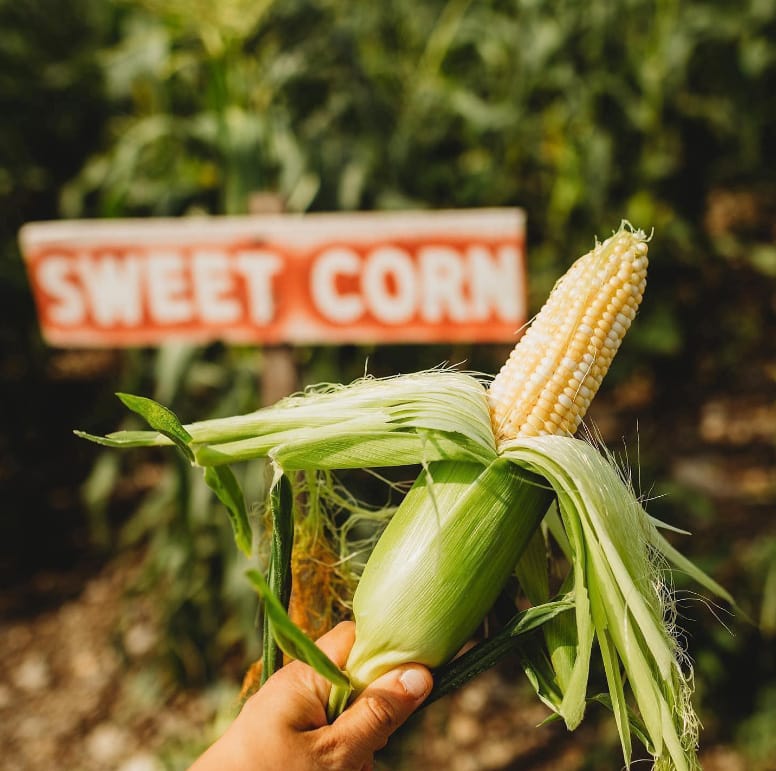
It sustained enslaved people. A thin porridge made of cornmeal was an essential part of the diet of enslaved people because it was cheap for enslavers to provide. In his Narrative of the Life of Frederick Douglass, the abolitionist and orator recounts, “Our food was coarse corn meal boiled. This was called mush. It was put into a large wooden tray or trough, and set down upon the ground. The children were then called, like so many pigs, and like so many pigs they would come and devour the mush…. He that ate fastest got most; he that was strongest secured the best place; and few left the trough satisfied.” Enslaved people also relied on corn husks to fill mattresses.
Sweet corn originated in the U.S. Around 1750, the Haudenosaunee developed the original strain of sweet corn, a mutation whose kernels were packed with sugar instead of starch, and called it Papoon. They didn’t grow much of it because the sugar rapidly turned to starch after being picked and the ears required too much storage space.
However, Papoon appropriated by soldiers during the American Revolution was modified in the 19th century (and continues being modified today) to prolong its sweetness. Sweet corn must be picked during its immature “milk stage,” when kernels contain a white fluid. To keep the sugar-to-starch transformation at bay as long as possible, it should be stored in the refrigerator.
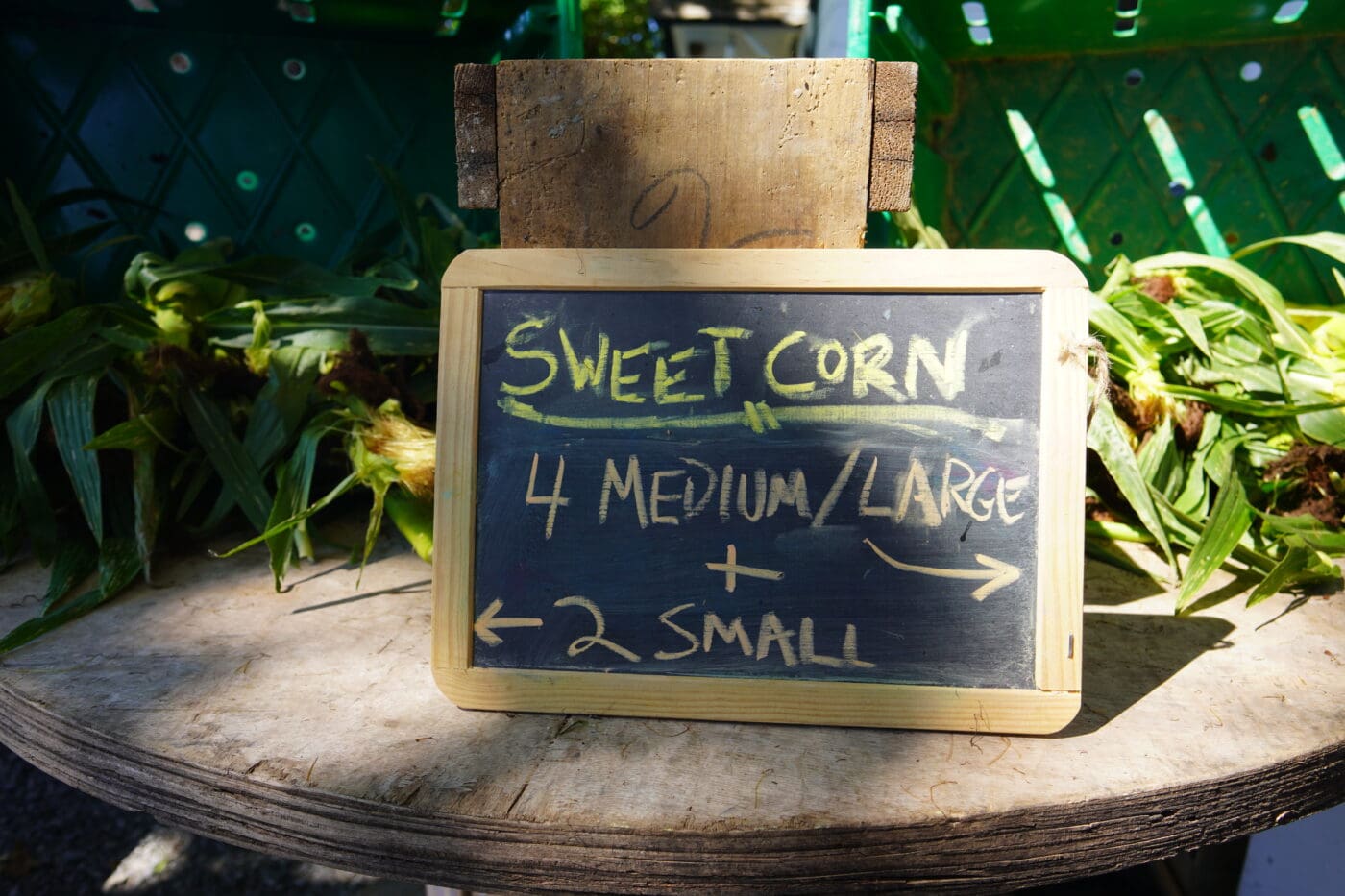
Ulster County once was New York’s leading producer of sweet corn. Today, it ranks third. One reason for its decline was the shutdown of Hurley’s Gill Farm, now home to the Hudson Valley Farm Hub, a nonprofit center for regenerative agriculture (and a partner in the Northeast Carbon Alliance). During years when weather cooperated, Gill Farm could pick and ship out up to 90,000 ears of corn a day, destined for markets from Nova Scotia to Miami. Today, Davenport Farms in Stone Ridge is the county’s top producer.
Why an ear of corn? It has nothing to do with organs for hearing, but derives from an Old English word, first used around the year 800, which refers to the spike that forms at the top of grains. The Indo-European word for aural appendages (“ous” or “aus”) didn’t come into usage for another two centuries.
By the way, the spike atop a corn plant is its male part. If successful, its pollen will reach the silk growing out of an ear — the visible part of a female flower — and from there travel down a tube within the husk and fertilize an egg, forming a kernel.
What’s the correct way of eating sweet corn? Think there are just two options — across the cob or around? Wrong! America’s Test Kitchen’s Dan Souza (a grad of Hyde Park’s Culinary Institute of America) uncovered six different ways of consuming an ear. While etiquette expert Myka Meir recommends the so-called “typewriter” method because it’s less messy, Christian Science Monitor writer Eric Nager says there’s a scientific reason for going the circular route. (Check out their rationale here.) Bottom line: Anything goes.


